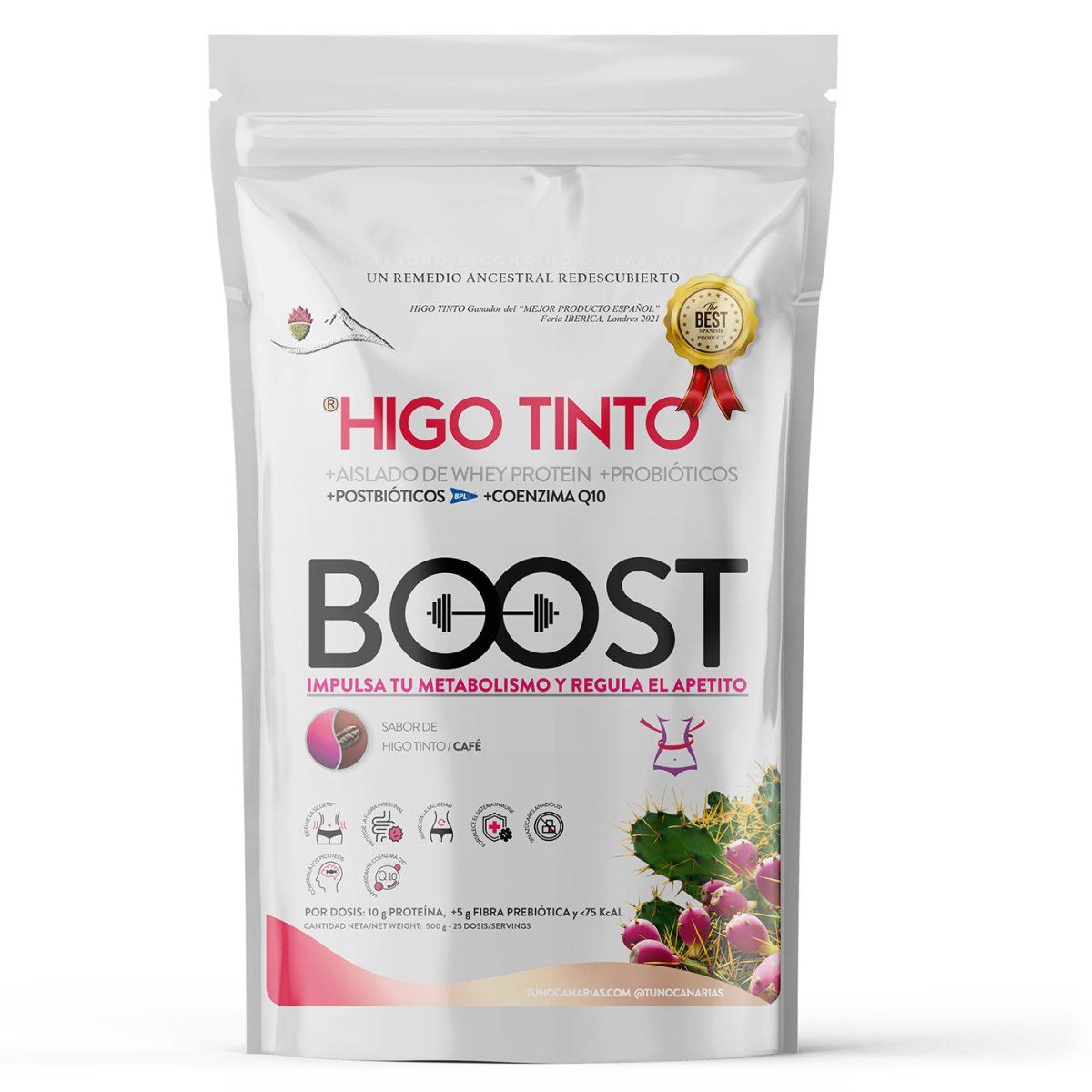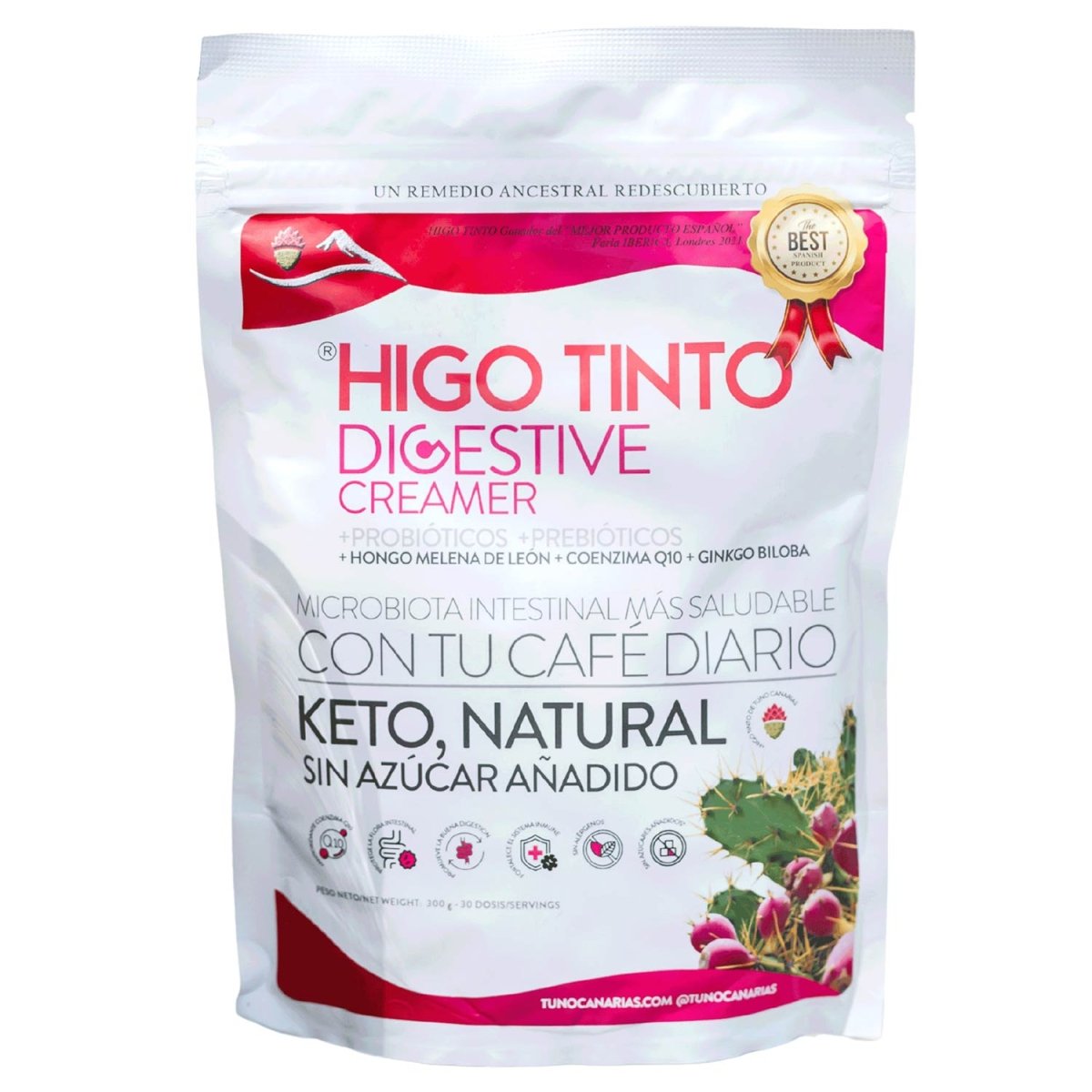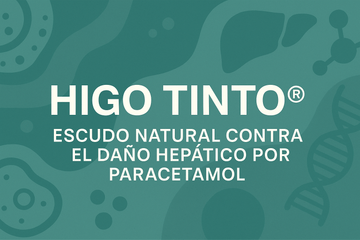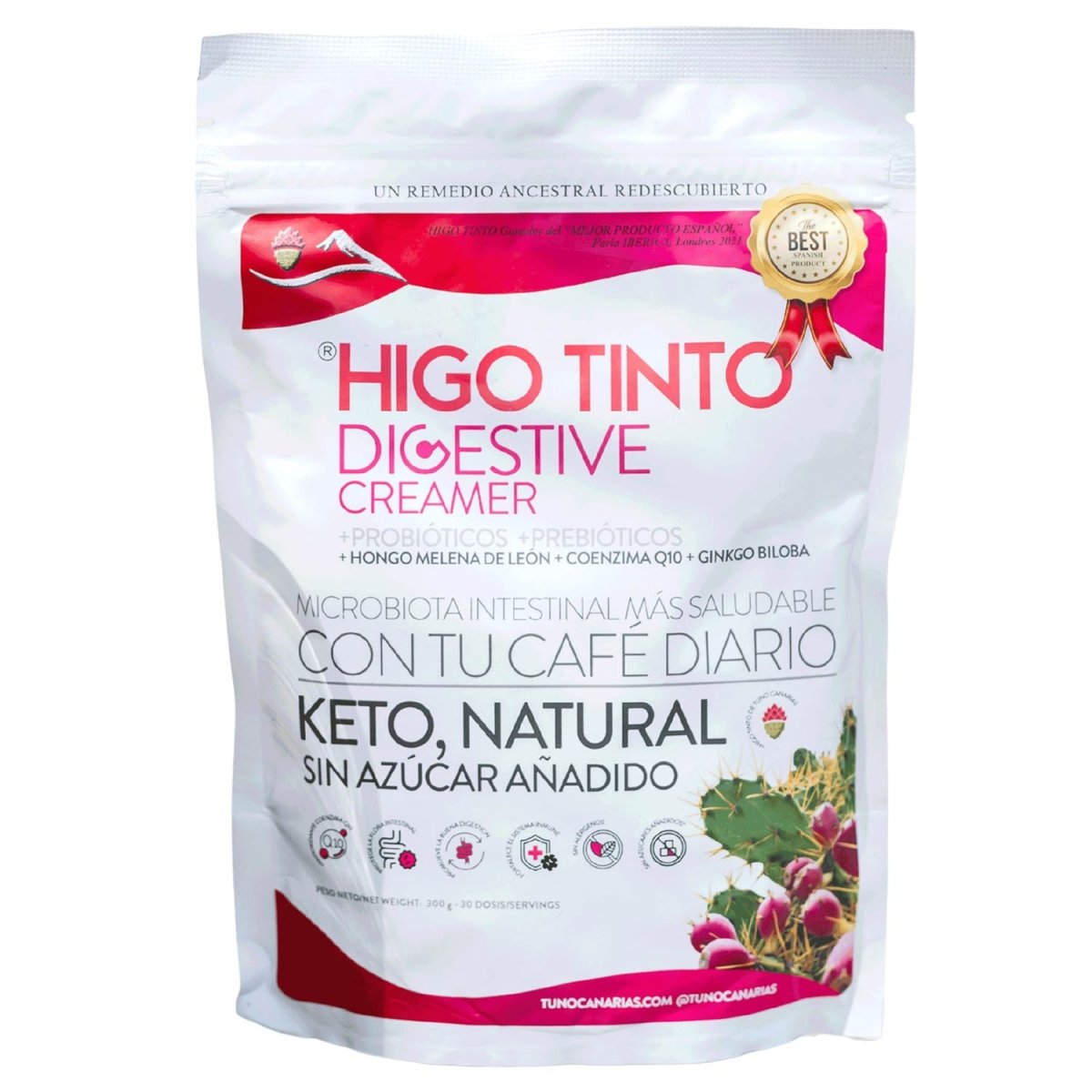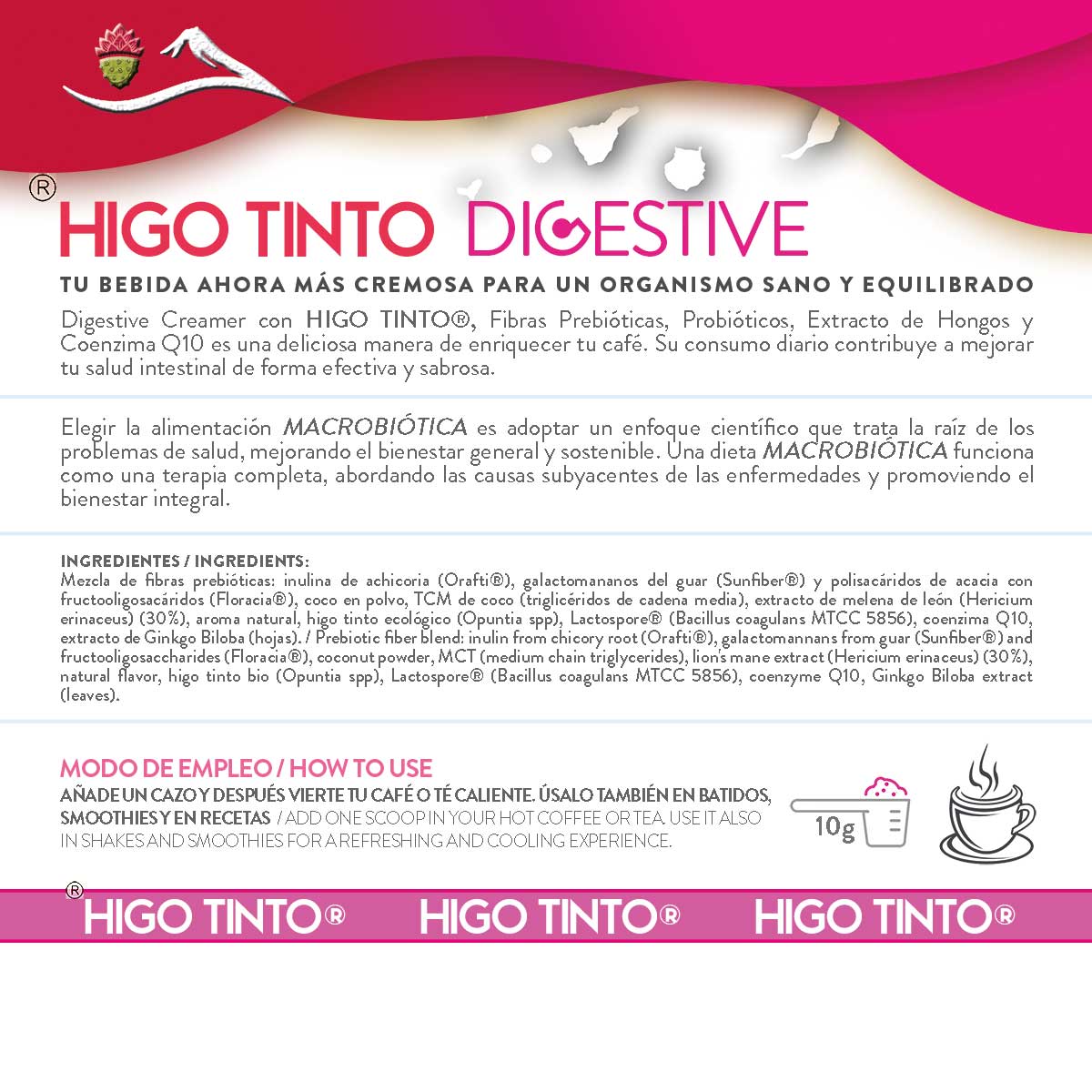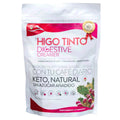🧪 AMINO ACIDS: The Essential Components of Life 🧬
Have you ever wondered what amino acids are and why they are so important for our body? 🤔 Amino acids are organic molecules that form the basis of proteins, and they play a crucial role in most biological processes. But what else is there to know about them? Read on to find out! 📚

What are Amino Acids? 🤷♀️
Amino acids, sometimes abbreviated as AA, are organic molecules containing both an amino group (-NH2) and a carboxyl group (-COOH). They are the building blocks of proteins 🥩🍳🥜 and are involved in a wide variety of cellular functions, from nerve transmission 🧠 to the biosynthesis of porphyrins, purines, pyrimidines, and urea.
Two amino acids can combine in a condensation reaction, forming an amide bond known as a peptide bond. This reaction occurs naturally within cells, specifically in the ribosomes. As more amino acids are joined together, polypeptides are formed, which are called proteins when they reach high molecular weights and have a stable three-dimensional structure.
Types of Amino Acids 📊
There are hundreds of amino acids, but only 20 of them form proteins. These 20 amino acids can be classified in several ways, depending on the properties of their side chain, their method of production, and the position of their amino group. Some amino acids are essential, meaning that our body cannot produce them and they must be obtained through diet 🥗. Others are non-essential and can be synthesized by our body.
Importance of Amino Acids 💪
Amino acids are vital for a number of functions in our bodies. They are necessary for building and repairing tissues, producing enzymes and hormones, and immune system function. They also play a role in regulating sleep 😴 and mood 🌈.
Tips for a Diet Rich in Amino Acids 🍽️
- Include Protein in Every Meal: Protein is the main source of amino acids. Foods such as meat, fish, eggs, dairy products, legumes and nuts are rich in protein.
- Vary Your Protein Sources: Different foods contain different combinations of amino acids. By varying your protein sources, you ensure you get all the amino acids you need.
- Eat Complete Foods: Some foods, such as quinoa and soy, contain all the essential amino acids and are known as complete proteins.
Final Thoughts 🎯
Amino acids are more than just building blocks of protein. They are essential for our health and well-being, and a deeper understanding of their function can help us make more informed decisions about our diet and lifestyle. Are you getting enough amino acids in your diet? How could you improve your intake of these vital nutrients?
Remember, amino acids are the key to a healthy life. Include them in your diet and feel the difference! 🥦🍗🍣🥚🥜🧀🍓
Free amino acids in RED FIG fruit:
Alpha-Aminobutyric Acid, Glutamic Acid, Alanine, Arginine, Asparagine, Carnosine, Citrulline, Glutamine, Glycine, Histidine, Isoleucine, Leucine, Lysine, Methionine, Phenylalanine, Proline, Serine, Taurine, Threonine, Tryptophan, Tyrosine and Valine

Amino acids with anti-stress and antidepressant function
L-Isoleucine
Essential amino acid essential for the synthesis of hemoglobin and for the regulation of blood glucose levels (energy). After metabolism, L-isoleucine can be converted into both carbohydrates and lipids.
L-Leucine
Essential amino acid whose main function is to reduce blood glucose levels. It also plays a role in tissue maintenance. Leucine is an amino acid with a particularly beneficial effect on post-surgical patients.
L-Valine
Considered a natural stimulant, L-valine plays an important role in tissue regeneration and maintaining nitrogen balance.
Additionally, it is an amino acid necessary for the correct physiology of the nervous system and for adequate muscle development and coordination.
Amino acids for muscles
The requirements for L-isoleucine, L-leucine and L-valine are increased in stressful conditions, including surgical procedures, trauma, infections, febrile states and starvation. Therefore, they are effective agents in the management of patients undergoing surgery and in a state of malnutrition.
They are three amino acids that are structurally very similar and although they follow different metabolic pathways, they are all part of muscle metabolism.
Because they have different metabolic pathways, the requirements for each of them are different. They also differ in the symptoms that characterize the deficiency of each of them. Likewise, valine deficiency is characterized by neurological brain defects. On the contrary, muscle tremors are characteristic signs of isoleucine deficiency.
L-Phenylalanine
Essential amino acid with antidepressant and analgesic action. In addition to its effectiveness against depression, phenylalanine improves memory and has an antimigraine effect. Among its functions, phenylalanine stimulates the synthesis of thyroxine by the thyroid gland (thyroxine contributes to maintaining mental balance and the nervous system).
Additionally, it is processed in the brain tissue to produce noradrenaline and dopamine. Another of its effects is focused on the so-called 'mental alertness', a process that includes the stimulation of learning and memory processes.
Its concentration is high in the brain and plasma. It acts as a powerful analgesic, improving headaches, arthritis and traumas, and has an antidepressant effect.
Promotes digestion
Histidine , an amino acid as important as the others, has positive effects on reproductive health and digestion.
A study conducted in China involving 92 participants, studied a group of women with obesity and metabolic syndromes. It showed favorable results regarding the use of histidine supplements, as these can reduce body mass index and insulin resistance.
This amino acid is not essential in adulthood. Studies indicate that L-histidine is involved in tissue repair processes, which determines its therapeutic benefit in the treatment of diseases such as rheumatoid arthritis and anemia. Due to its ability to be transformed into histamine, it is considered useful in the management of allergies.
Increases emotional health
Tryptophan is an essential amino acid that contributes to growth in infants and regulates appetite, emotional state and mental health in adults.
It has very varied effects. For example, it can work as a sedative and is used in cases of sleep control. A study validated the hypothesis that proteins from eggs have a positive impact on the processing of emotions in elderly women.
The functions of tryptophan include mood stabilization, sleep promotion, and stress control. Tryptophan is necessary for the proper use of B vitamins and acts as a stimulant of digestive function.
Tryptophan administration has been shown to be beneficial in maintaining blood, skin and hair cells.
Helps calcium absorption
Lysine It is one of the essential amino acids that provides many benefits. The skeletal system needs to regularly maintain and rebuild bone tissue. Calcium is the basic building block from which bones are formed. Lysine plays an important role in this process, increasing calcium absorption in the stomach and liver.
For this reason, it is recommended for people who suffer from bone degeneration. For example, people with signs of osteoporosis. Taking lysine and calcium supplements helps to stop and prevent such diseases.
In a study carried out on 27 people for 6 months, it was found that lysine indirectly helps the cure of herpes . Although the relationship has not been fully discovered, it is presumed to be due to the benefits of calcium absorption.
Amino acid that is effective in controlling viral infections, with proven efficacy in treating infections caused by the herpes simplex virus (the agent that causes painful mouth ulcers and blisters). L-lysine exerts its action by promoting the synthesis of antibodies, that is, by stimulating the immune system.
Data from recent studies suggest that this amino acid is effective in the therapeutic management of caries and other dental disorders.
Although its main function is antiviral, the clinical symptoms indicating lysine deficiencies are characterized by visual disturbances and chronic fatigue.
L-Methionine
Essential amino acid with a powerful tissue detoxification effect. It is involved in lipid metabolism and choline synthesis. Due to its detoxifying and protective effect, methionine is necessary for hepatic and renal cell regeneration. It is also effective in the treatment of rheumatic-arthritic diseases.
Deficiency of this amino acid induces growth disorders in experimental animals; in humans, signs of deficiency include alteration in skin tone, hair loss and accumulation of toxins. It also appears to induce lipid accumulation in the liver, both in experimental animals and in humans.
L-Threonine
Its plasma concentrations are particularly high in newborns. It is an essential amino acid for proper digestive and intestinal function, as it is involved in the processes of assimilation and absorption of different nutrients. It also has a stimulating effect on the thymus, a gland related to the control of depression, with the consequent therapeutic effect on it.
L-threonine deficiency manifests itself by gastric (poor digestion, heartburn) and intestinal (malabsorption) disorders, causing general malnutrition.
L-Taurine
This amino acid is not structurally part of proteins, so it is less known. In adults it is not essential since they have the ability to synthesize it from dietary taurine. Its concentrations are high in brain, heart and kidney tissue where it acts as a protective agent, maintaining the health of these organs.
Amino acids that are energy substrates
L-Alanine
The synthesis of this amino acid is carried out by complex processes that include molecules such as pyruvate and/or DNA cleavage; its metabolism is regulated by enzymatic processes dependent on vitamin B6. L-alanine concentrations are high in muscle tissue where it acts as an energy substrate. As a therapeutic agent, it is effective against epilepsy and immunosuppression (amino acid that stimulates thymus growth).
Gamma Amino Butyric Acid (GABA): L-Glutamic Acid and L-Glutamine
Like the previous ones, these intervene in the processes of energy synthesis. In addition, they have an action on brain tissue; L-glutamic acid is a stimulating neurotransmitter. Likewise, GABA, on the contrary, is relaxing: while glutamine performs several brain functions. The three amino acids carry out their action in an interrelated way. In addition, glutamic acid, a neurotransmitter, is kept in balance with GABA, an inhibitory neurotransmitter; glutamine constitutes the source of energy coordinating the balance between the two previous ones.
Amino acids with detoxifying function
L-Arginine
Among its functions, it is important to highlight its intervention in the processes of elimination of urea and ammonium and its contribution to DNA synthesis. Data from recent research show that this amino acid stimulates the secretion of growth hormone. In certain pathological conditions, L-arginine can become an essential nutrient.
This molecule is particularly important in men; more than 80% of seminal fluid contains arginine. It has a positive effect on sperm count, so it could be a useful treatment for male infertility. Reduced arginine levels have been shown to lead to sterility in experimental animals and to low sperm motility in humans.
The clinical symptoms associated with arginine deficiency include: skin redness, hair loss and weakness, infertility, alterations in wound healing, constipation and accumulation of toxins in the blood (free radicals, waste products); it has even been linked to cirrhosis.
Amino acids with antidepressant effect
L-Aspartic Acid: Its synthesis is carried out by enzymes that require vitamin B6. It intervenes in the so-called urea cycle and in DNA metabolism. It is a neurotransmitter whose levels are reduced in patients suffering from depression or other brain disorders; aspartic acid appears to be important for proper brain energy metabolism (18). Its therapeutic uses are being investigated.
L-Glycine: Amino acid involved in the processes of DNA and collagen synthesis, as well as energy. Its levels are reduced in patients with depression and epilepsy. It has a hypocholesterolemic action (reductions of up to 5%). Its effects are still being investigated.
L-Tyrosine: Once it reaches the brain tissue, it is converted into dopamine, noradrenaline and adrenaline; their concentrations are dependent on dietary tyrosine. These three neurotransmitters are essential for the function of the sympathetic nervous system.
In addition, it is a structurally necessary amino acid in many proteins, such as enkephalins (natural analgesics). There is even data that attribute it a possible antidepressant effect.






